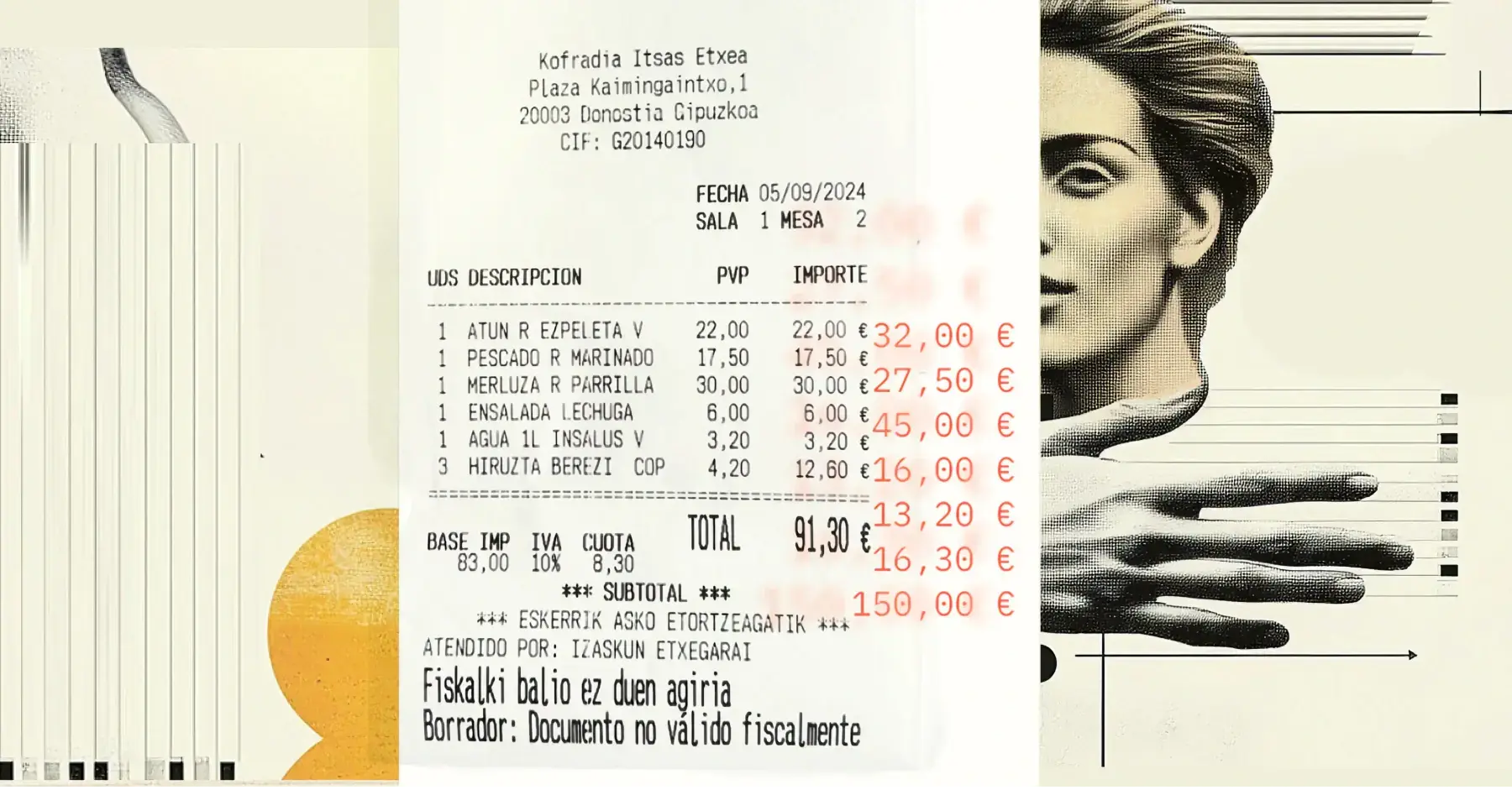Over the last 10+ years, very little has changed in the way we perform the accounts payable process. We have seen incremental improvements to invoice data extraction rates, slight reductions in invoice processing times, and slow but steady increases in the number of e-invoices to streamline processing — nothing that has moved the needle much. But the world of accounts payable is finally about to experience change as we evolve the function with the arrival of autonomous AP.
We now live in a digital age where technology in finance is making huge advancements. The world is ready for an AI solution that runs your AP process autonomously, accelerating the speed and agility of invoice processing, reducing your costs, and strengthening your controls. Instead of pesky and tedious manual processes and decisions “assisted” by traditional finance software that do little more than add work and cause headaches, autonomous AP uses AI to run the process end-to-end, with human intervention only required for exceptions that need resolution.
Imagine a solution providing coverage for invoice entry, classification, matching, and approvals, allowing Accounts Payable teams to maximize efficiency, accuracy, and policy compliance while also minimizing cycle times and duplicate payments.
I’m here with great news. This vision of autonomous AP is not some far-off-into-the-future dream. It is available today and it’s ready for you. Are you ready for it? This blog will help you decide if, when, and how to implement an autonomous solution to manage invoice processing by focusing on four of the top benefits.
Automated Invoice Processing provides efficiency and cost improvements
Those processing invoices face numerous challenges when trying to improve efficiency. Even in today’s digital world, almost half of all invoices are still created and received in manual formats, especially those for indirect; services; maintenance, repair, and operations; and goods not for resale spend. These invoices either require costly manual effort keying in invoice data, or need tools such as OCR to scan and capture the information on the invoice.
But this leads to further challenges, as existing OCR has only so-so extraction accuracy, meaning that every invoice has to be touched manually to fix OCR-related exceptions.
Step changes in OCR accuracy can deliver improvements to the invoice extraction, as can the adoption of e-invoicing formats by suppliers. Still, both efforts require a significant amount of work for minimal gain.
On the other hand, autonomous AP can deliver radical improvements in just a few months by eliminating up to 80% of manual invoice processing. For example, working with AppZen Autonomous AP, a public financial software company recently achieved 95% to 99%+ accuracy for ingesting invoices via email, as well as data extraction and validation. These accuracy levels are not exceptions to the rule — they are the rule.
However, extraction accuracy is not the only benefit. The ability to drive process improvements also delivers additional cost efficiencies. Autonomous processing enables labor cost savings, lowers the average cost of processing an invoice dramatically, and can increase the number of invoices processed per the Accounts Payable department by orders of magnitude — all the while reducing the number of invoice exceptions and errors, optimizing the process even further.
Reduced invoice cycle time
A traditional metric for AP teams is the amount of time taken to process an invoice. By definition, if you can reduce this metric, your AP operation is improving. Consequently, organizations spend a lot of time and effort exploring ways to drive this measure in the right direction. However, there are multiple hurdles to achieve this:
-
Manual invoices are often batched to simplify processing. This actually leads to sequential processing and longer lead times.
- Multiple, manual touch-points lead to many errors, reviews, re-work, and delays.
- Non-PO invoices need details such as requestor, approver, and whether the PO should have been present, before processing can occur.
- Manually matching a PO to an invoice takes time and is error prone.
By rethinking the whole operation from start to finish and by applying a combination of cutting-edge technologies, autonomous AP can deliver real-time, parallel processing of 100% of invoices. Fully automated processing from invoice receipt to approval makes use of best-in-class extraction and validation of invoice data, minimizing time-consuming entry and reviews, and removes the introduction of human error.
Automatic validation of PO and non-PO invoices against PO policy requirements reduces the time it takes to move invoices through the AP process. It also ensures that invoices arrive at the approval stage well within the timeframes needed to take advantage of early payment discounts from suppliers.
Improved invoice accounting — AP process
Getting invoices into the AP process often commands most of the focus from an automation perspective but is only part of the overall process. An equally challenging element of an invoice’s journey is the correct allocation against general ledger (GL) and internal accounting codes. This coding exercise is complex and requires a deep understanding of the financial layout of the business, making this a human-intensive part of the AP process.
Common issues experienced during coding include:
-
Limited options in procurement and ERP systems forcing requestors to select a predefined spend category. This frequently leads to invoices ending up in the “others,” “unclassified spend,” or “misc” category.
-
Guesswork from users in selecting the spend category (which drives the GL code) leading to more misclassified spend.
-
Lack of a set of comprehensive and granular spend categories, and associated GL codes.
-
A high volume of service-based invoices requiring additional time to identify line-item level, spend categorization, finance taxonomy, and GL codes.
These challenges that regularly occur during the coding activity lead to frustration, a lack of visibility into where spend genuinely is happening, and more wasted time and effort in recoding, later. Again, autonomous AP can help.
Autonomous AP uses AI-based classification to recognize non-PO and services invoices and code them correctly to the right spend category, finance taxonomy, GL code, and cost center. It does this based on historical examples (the training set), organizational policies and taxonomies, and progressive retraining as it sees new examples.
Overall, this reduces the incidence of unclassified and “misc” categorizations, and provides the whole team with accurate and up-to-date spend visibility. In addition, first-time or unique spending, such as unmanaged or long-tail spend where enterprise taxonomies are not yet defined, can also be controlled. Manual coding is an unseen cost within the AP process and autonomous AP can effectively remove it.
Strengthened business spend control
Ironically, the whole point of an AP process is not to pay suppliers as quickly as possible, but to manage, control, and calibrate outgoing spend within an organization. That goal sounds simple, yet numerous things regularly get in the way:
- Duplicate invoices from suppliers. One recent example showed a 300% increase in duplicate invoices when implementing a new supplier portal. Suppliers were not only sending invoices via the portal but also by email, just to make sure they got there!
- Overpayments to suppliers, often due to duplicate invoices, resulting in expensive and lengthy manual AP recovery efforts.
- Lack of vendor verification and onboarding, leading to delays in processing and payment as information is gathered, entered, and verified.
Maintaining visibility and control should not be an afterthought — it should be a core facet of AP processing. With AppZen Autonomous AP, complete control, visibility, and foresight are baked in:
-
Automatically review and audit all invoices before payment
-
Maintain visibility across all transactions instead of a small sample
-
Prevent duplicate and fraudulent payments before they happen with real-time audit
-
AP recovery fees become a thing of the past
Modern Finance Technology
Autonomous finance enables approvals to be automated and delivers accelerated business speed and agility, reduced costs, and strengthened controls. Equally importantly, it provides the fundamental trust and confidence in every autonomous decision that CFOs and their teams need to have in their systems. Rather than remaining stuck with legacy OCR and invoice automation platforms that fail to adapt and react to your business needs, look to Autonomous AP.
By rethinking the end-to-end accounts payable operation and focusing on the end goal rather than the individual steps, autonomy has the potential to radically change the way invoices are processed within your organization forever.


